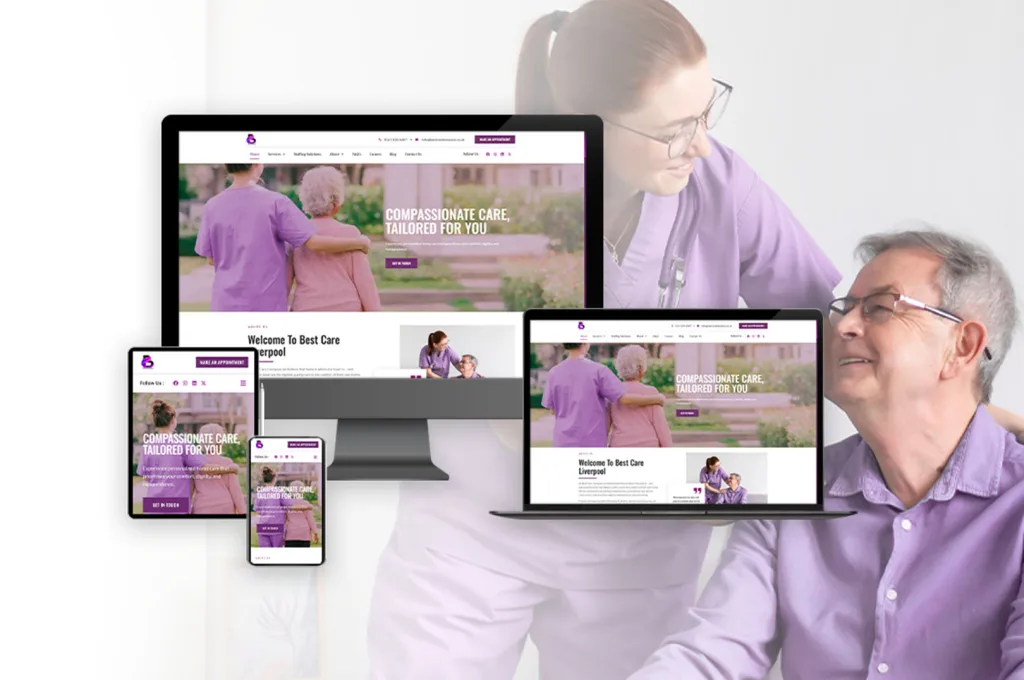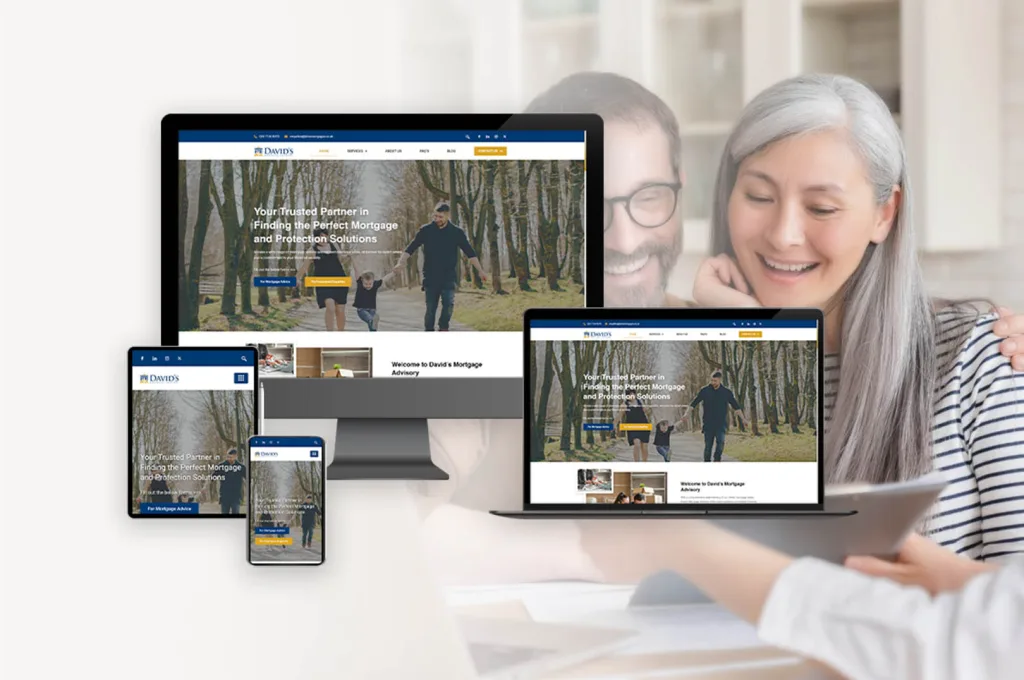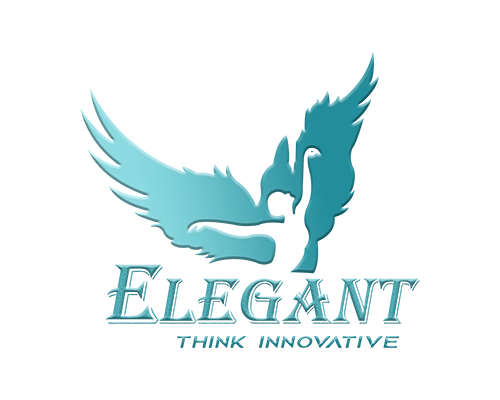Elegant Wins Silver Award for Best Web Developer at BestWeb.LK 2024
Elegant Wins Silver Award for Best Web Developer at BestWeb.LK 2024

We are excited to announce that Elegant has been awarded the Silver Award for Best Web Developer at the prestigious BestWeb.LK 2024 competition. This recognition is a testament to our dedication to delivering top-quality web development services and creating cutting-edge digital experiences for our clients.
BestWeb.LK is Sri Lanka’s premier web design and development competition, celebrating excellence in the industry. It brings together the best and brightest in web development, evaluating their work across various categories such as creativity, technical expertise, innovation, and user experience.
Winning the Silver Award in the Best Web Developer category is a proud moment for us. It underscores our commitment to pushing the boundaries of web development, ensuring that our solutions are not only visually stunning but also highly functional, secure, and user-friendly.
This achievement would not have been possible without the hard work and passion of our talented team. Their relentless pursuit of excellence, attention to detail, and innovative thinking have been instrumental in helping us reach this milestone.
We are also immensely grateful to BestWeb.LK for recognizing our efforts and providing a platform that encourages growth and excellence in the web development industry.
As we celebrate this achievement, we are more motivated than ever to continue delivering outstanding digital solutions that meet and exceed our clients’ expectations. We look forward to setting new standards in the industry and achieving even greater success in the future.
Thank you to all our clients, partners, and supporters for being a part of our journey!
FEATURED POSTS
-
 Elegant Shines at BestWeb.LK 2025 with 4 Prestigious Awards
Elegant Shines at BestWeb.LK 2025 with 4 Prestigious Awards -
 Why Every Bakery Needs a Professional Website
Why Every Bakery Needs a Professional Website -
 Why Yoga Instructors or Yoga Institutes Should Have a Professional Website
Why Yoga Instructors or Yoga Institutes Should Have a Professional Website -
 How a Mobile Friendly Website Can Boost Your Sales
How a Mobile Friendly Website Can Boost Your Sales -
 ELEGANT Launches New Website for Best Care Liverpool
ELEGANT Launches New Website for Best Care Liverpool -
 ELEGANT Launches New Website for David’s Mortgage Advisory Ltd with a Fresh, Professional Look
ELEGANT Launches New Website for David’s Mortgage Advisory Ltd with a Fresh, Professional Look
Elegant Wins Silver Award for Best Web Developer at BestWeb.LK 2024 Read More »



















